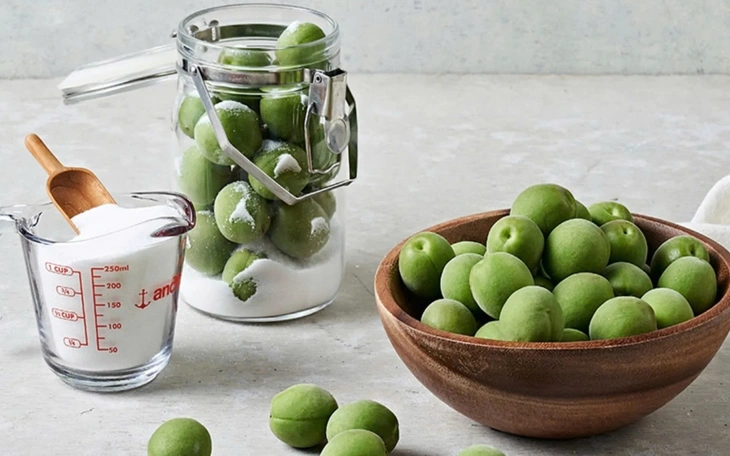
Syrup is an indispensable ingredient to create the flavor of Korean dishes - Photo: Naver
Syrup has long been a popular ingredient in many countries, often poured over pancakes, waffles, crepes or ice cream. Not only does it create an attractive sweet taste, this liquid also appears in many desserts and is used as an eye-catching topping for cakes.
However, in Korean cuisine , syrup - also known as "cheong" - is the decisive ingredient that creates a dish. Depending on the ingredients, syrup can bring a light sour taste or a strong flavor, contributing to the balance of flavors rather than simply replacing sugar.
The sweet essence of Korean cuisine
According to the Korea Herald, in recent years, Korean cuisine has spread globally with many popular dishes such as ramyeon (noodles), dumplings, fried chicken... Even Korean fermented soybean sauces were recognized by UNESCO as an intangible cultural heritage in December 2024.
Following its success, attention is now turning to a fermented syrup called "cheong", which is expected to become a new phenomenon in the culinary world.
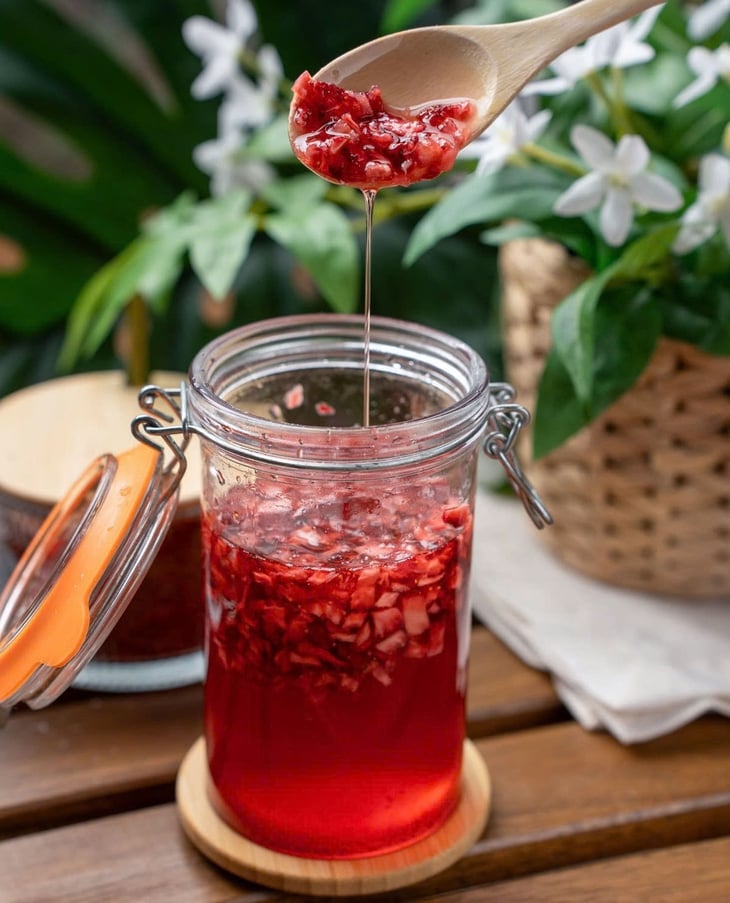
Syrup can be made from many types of fruit but mainly sour ones - Photo: Stella N Spice
On social media platforms like YouTube, many videos showing how to make Korean syrup have attracted millions of views. American celebrity chef Nick DiGiovanni is a typical example.
In November 2023, he tried making syrup with strawberries. With over 25.8 million followers on YouTube, his videos attracted a lot of attention, many people started to learn the traditional Korean syrup recipe.
Nick DiGiovanni then went on to post a video of himself making dragon fruit syrup, which has since gone on to garner 24 million views.
The process of making traditional Korean syrup is quite simple. First, mix the fruits or vegetables with an equal amount of sugar and layer them in a sealed jar.
Next, it needs to be left alone for several weeks to several months to allow the fruit to release its natural sweetness. According to the Korean Food Promotion Institute (KFPI), the syrup can be consumed immediately or left to ferment for a longer period of time, up to a year or more, to develop a truly rich flavor.
The finished syrup can be used as hot tea in winter or mixed with cold water to make a cool summer drink.
Popular ingredients for making syrup include green plums (also known as maesil in Korean), strawberries, green tangerines, and yuja - a typical fruit of the kimchi land - which has a flavor that is a mix of lemon, orange, and tangerine.
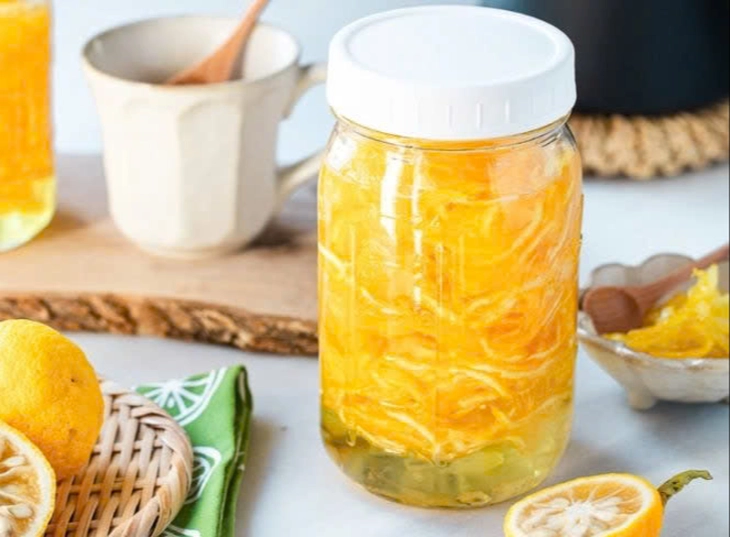
Syrup made from yuja fruit, a typical fruit of the land of kimchi - Photo: Naver
Notably, green plums are a seasonal ingredient, so it is best to make the syrup around early to mid-June. This syrup can be used not only directly but also to make other fermented products such as plum vinegar, plum wine and plum chili sauce.
In addition to being a natural sweetener, syrup also helps dishes such as fish and chicken become more delicious and attractive when combined with salt, soy sauce and soybean paste.
Because no heat is used during the making process, the syrup retains its natural flavor, nutrition and health benefits.
In particular, this syrup is also used as a folk remedy to aid digestion and soothe stomach problems.
The syrup can be kept for up to 5 years if kept properly, although the flavor and sweetness may decrease after 2 years. It is also an important ingredient in making plum wine, a traditional Korean wine known for its refreshing and mild flavor.
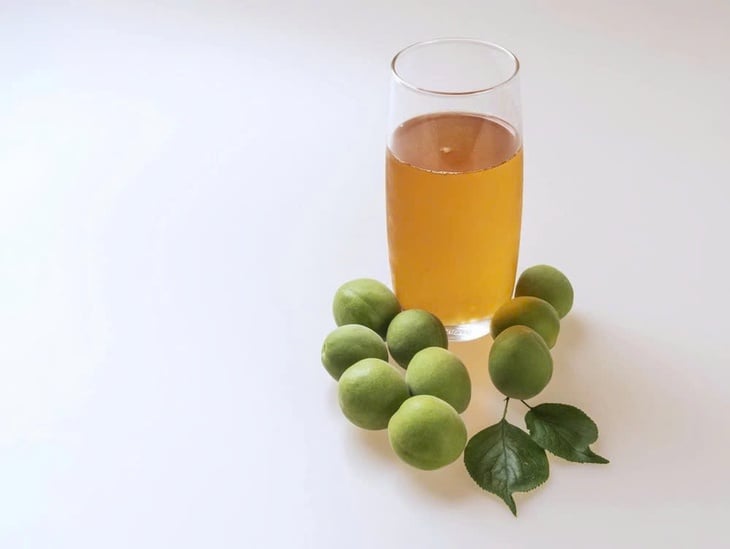
Korean plum wine has a refreshing and mild taste, with a hint of sourness from plum syrup and the bitterness and sweetness of soju - Photo: Korea Herald
To make a batch of Korean plum wine (maesil-ju) that is mildly aromatic, refreshing, and slightly sweet, you only need to prepare 1kg of green plums, 300g of sugar, and 3.6 liters of soju. First, remove the plum stems, wash them under running water, and dry them thoroughly to prevent moisture from ruining the fermentation process.
Next, alternately arrange the plums and sugar in a glass jar, cover tightly, and let it ferment for about 4 weeks. Then pour in the soju mixture, cover, and continue fermenting.
A little tip is to keep the jar in a cool, dark place to slow down the fermentation process, helping the wine develop a rich, intense flavor over time. The longer the wine is kept, the deeper and more rounded the flavor becomes.
Source: https://tuoitre.vn/siro-trai-cay-han-quoc-chi-ngam-trai-cay-voi-duong-ma-thanh-hien-tuong-am-thuc-20250623231354869.htm








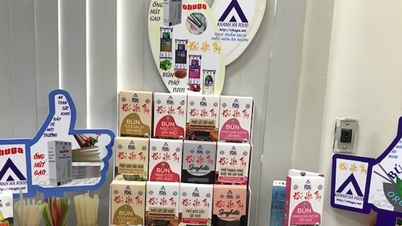














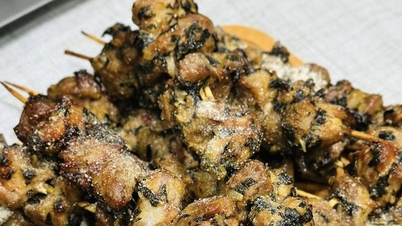






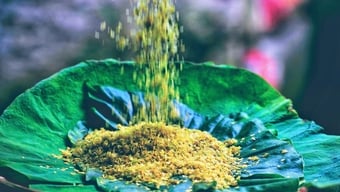
















![[Video] Hue Monuments reopen to welcome visitors](https://vphoto.vietnam.vn/thumb/402x226/vietnam/resource/IMAGE/2025/11/05/1762301089171_dung01-05-43-09still013-jpg.webp)













































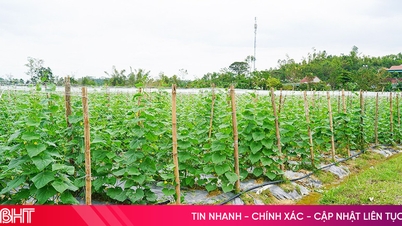


![Dong Nai OCOP transition: [Part 2] Opening new distribution channel](https://vphoto.vietnam.vn/thumb/402x226/vietnam/resource/IMAGE/2025/11/09/1762655780766_4613-anh-1_20240803100041-nongnghiep-154608.jpeg)













Comment (0)